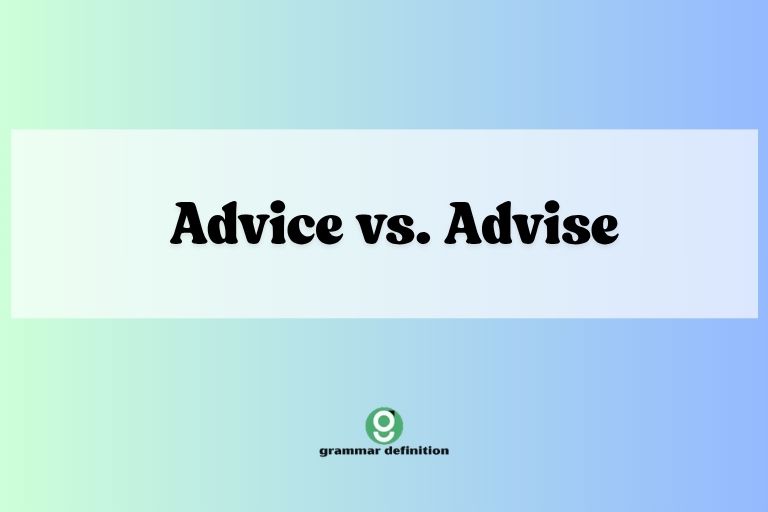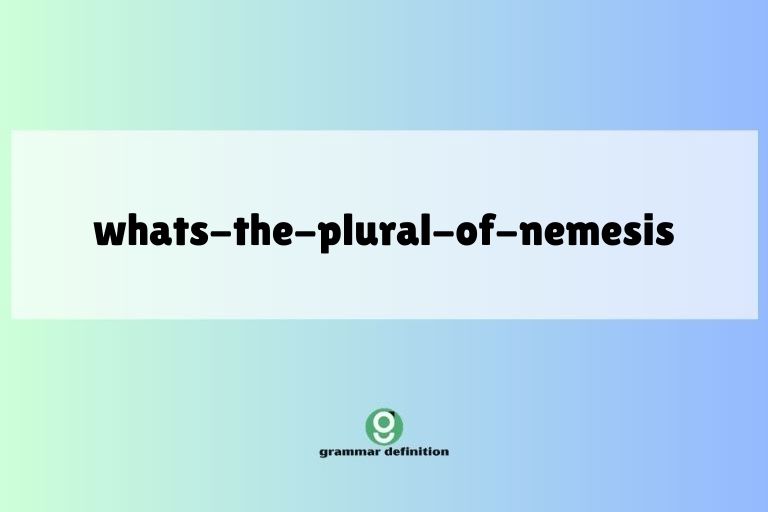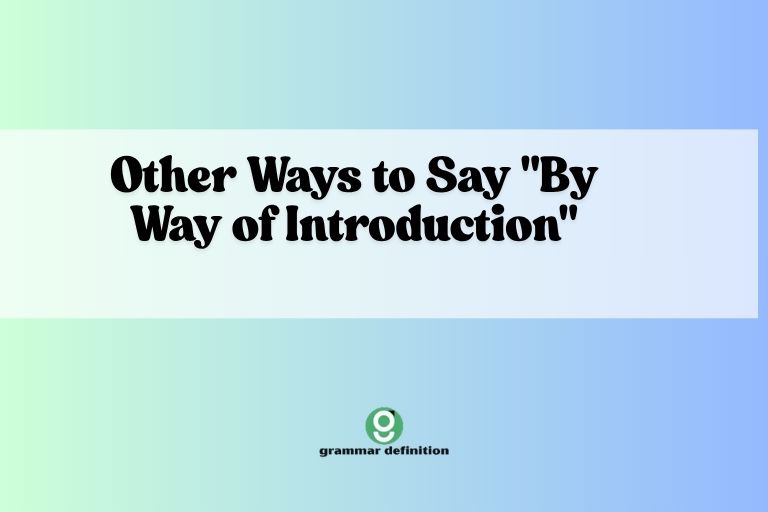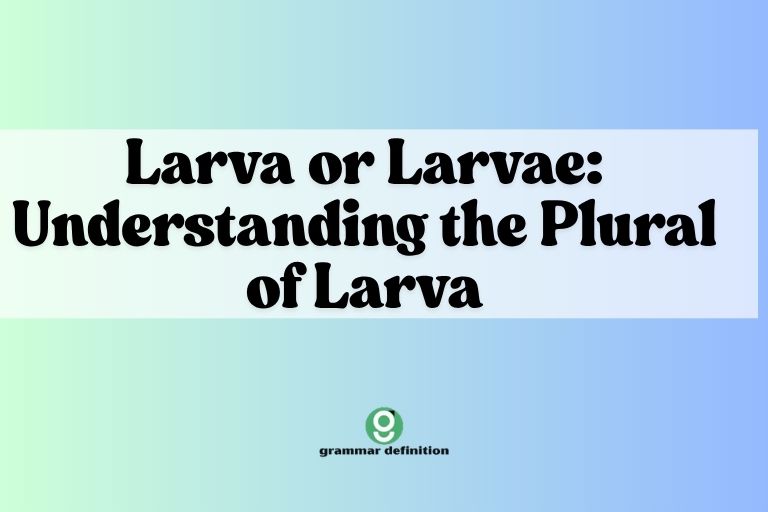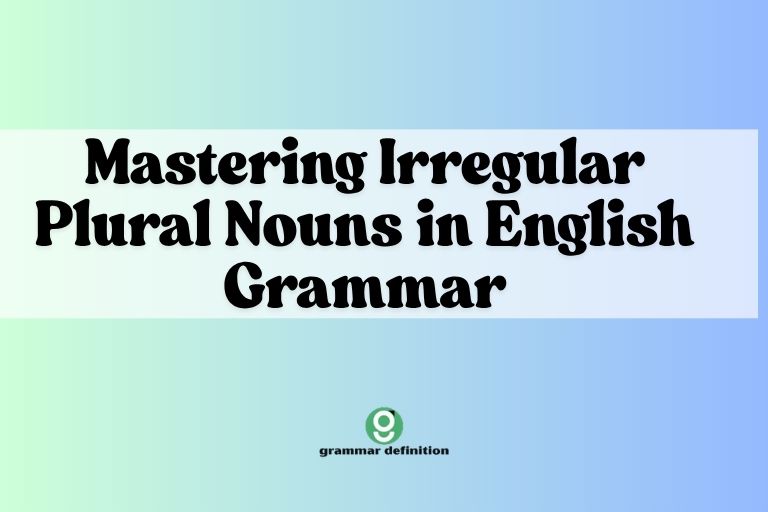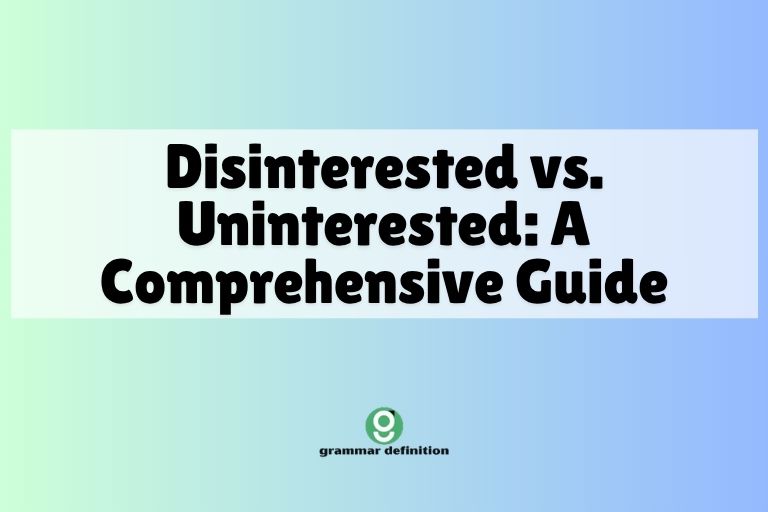Beyond “Who Is This?”: Alternative Ways to Ask Over Text
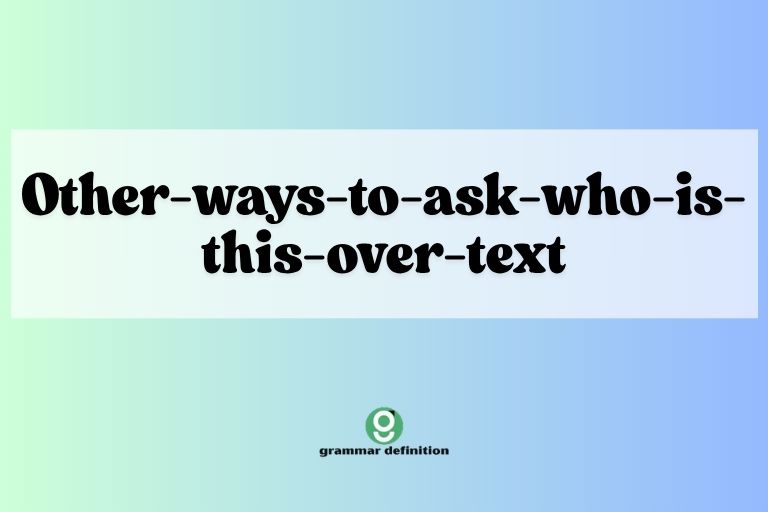
When receiving a text from an unknown number, the instinctive response is often a simple “Who is this?”. While effective, it can sound abrupt or even demanding.
Mastering alternative ways to inquire about the sender’s identity not only enhances your communication skills but also demonstrates politeness and consideration. This article delves into a variety of methods to politely and effectively identify unknown texters, exploring the nuances of each approach and providing practical examples.
This guide is perfect for anyone looking to refine their texting etiquette, avoid awkward misunderstandings, and engage in more meaningful conversations.
Table of Contents
- Introduction
- Defining the Need for Alternative Inquiries
- Structural Breakdown of Inquiry Phrases
- Types and Categories of Alternative Questions
- Examples of Alternative Questions
- Usage Rules and Etiquette
- Common Mistakes to Avoid
- Practice Exercises
- Advanced Topics: Nuances and Context
- Frequently Asked Questions (FAQ)
- Conclusion
Introduction
In our digital age, texting has become a primary form of communication. However, receiving messages from unknown numbers is a common occurrence.
While a straightforward “Who is this?” might suffice, it lacks finesse and can sometimes be perceived as rude. Understanding and utilizing alternative phrases to inquire about the sender’s identity is crucial for maintaining positive interactions and avoiding misunderstandings.
This article will equip you with a range of polite, contextual, and even humorous options to navigate these situations with grace and effectiveness.
Defining the Need for Alternative Inquiries
The phrase “Who is this?” is a direct interrogative sentence used to request the identity of an unknown sender in a text message. While grammatically correct, its bluntness can sometimes be off-putting.
The need for alternative inquiries arises from the desire to communicate politely, avoid sounding demanding, and potentially gather more information about the sender’s context. These alternative phrases often incorporate elements of politeness, curiosity, or humor to create a more welcoming and less confrontational tone.
These alternative phrases are essential for maintaining positive communication, especially when dealing with potential clients, new acquaintances, or individuals you may not immediately recognize.
Structural Breakdown of Inquiry Phrases
Alternative inquiry phrases often deviate from the simple Subject-Verb-Object structure of “Who is this?”. They typically incorporate elements such as:
- Politeness Markers: Words like “please,” “kindly,” or phrases like “May I ask?”
- Indirect Questions: Rephrasing the question to be less direct, such as “Is this…?” or “Are you…?”
- Contextual Clues: Referencing the content of the message to prompt identification.
- Conditional Clauses: Using “If…then” structures to soften the request.
- Passive Voice: Sometimes used to create a more formal or detached tone.
For example, instead of “Who is this?”, a more polite alternative might be: “May I ask who this is?” This adds a politeness marker (“May I ask”) to soften the directness of the question. Another example is “Is this [Name]?”, which is an indirect question that provides an opportunity for the sender to confirm or deny the identification.
Understanding these structural elements allows you to create your own variations and tailor your inquiries to specific situations.
Types and Categories of Alternative Questions
There are several categories of alternative questions you can use depending on the context and your desired tone. Each category serves a different purpose and conveys a slightly different message.
Polite and Indirect Inquiries
These inquiries prioritize politeness and aim to avoid sounding demanding. They often include phrases that soften the directness of the question.
Contextual Inquiries
These inquiries reference the content of the message to prompt the sender to identify themselves. They are useful when the message provides some clues about the sender’s identity.
Humorous and Lighthearted Inquiries
These inquiries use humor to lighten the mood and make the interaction more engaging. They are suitable for informal situations and when you want to build rapport.
Formal Inquiries
These inquiries are appropriate for professional or formal settings. They maintain a respectful and professional tone.
Investigative Inquiries
These inquiries are used when you suspect the message might be from a specific person or when you want to gather more information about the sender without directly asking for their name.
Examples of Alternative Questions
Here are several examples of alternative questions, categorized by their tone and purpose. Each table provides 20-30 specific examples to illustrate the variety of options available.
Table 1: Polite and Indirect Inquiries
This table showcases phrases that prioritize politeness and indirectness, softening the directness of the inquiry.
| Polite and Indirect Inquiries |
|---|
| May I ask who this is? |
| Could you please tell me who this is? |
| I’m sorry, who is this speaking? |
| Excuse me, who might this be? |
| Pardon me, but who is this? |
| I don’t recognize this number. Who is this, please? |
| Would you mind telling me who this is? |
| I’m not sure I have your number saved. Who is this? |
| Just wondering who this is. |
| Out of curiosity, who is this? |
| Hello! Who is this? |
| Good day! May I ask who is texting? |
| Hi there! Who am I speaking with? |
| Greetings! Could you identify yourself? |
| I’m trying to place this number. Who is this? |
| A gentle reminder to identify yourself, please. |
| Just checking to see who’s on the other end. |
| If you don’t mind, could you tell me who this is? |
| I’m a bit confused. Who is this, please? |
| To whom do I have the pleasure of speaking? |
| Hoping to identify the sender of this message. |
| Kindly let me know who this is. |
| It would be helpful to know who I’m texting with. |
| I apologize, but I need to know who this is. |
| I’m afraid I don’t have this number. Who is it? |
| Who might I be speaking with today? |
| Please identify yourself at your earliest convenience. |
Table 2: Contextual Inquiries
This table provides examples of questions that reference the content of the message to prompt identification.
| Contextual Inquiries |
|---|
| Is this about [topic mentioned in the message]? |
| Are you the person from [place mentioned in the message]? |
| Is this [name related to the message]? |
| Are you calling about the [item mentioned in the message]? |
| Did we meet at [location mentioned in the message]? |
| Is this in regards to [event mentioned in the message]? |
| Are you the one who contacted me about [job/opportunity]? |
| Is this regarding the [advertisement/listing]? |
| Is this related to the [project/assignment]? |
| Are you the person who was supposed to call about [appointment]? |
| Concerning the [meeting/conference], who is this? |
| Are you the individual I spoke with regarding [reservation]? |
| Did we connect regarding the [product/service]? |
| Are you the one who’s supposed to [task/errand]? |
| Is this about the [agreement/contract]? |
| Are you the person who left a message about [package]? |
| Related to the [document/form], who is this? |
| Are you the one who offered [help/assistance]? |
| Is this in connection with the [issue/problem]? |
| Referring to the [request/inquiry], who is this? |
| Are you the person who mentioned [date/time]? |
| Related to the [discussion/conversation], who is this? |
| Are you the one who suggested [idea/suggestion]? |
| Is this regarding the [application/process]? |
| Referencing the [offer/proposal], who is this? |
| Are you the individual who inquired about [details]? |
| Is this in relation to the [feedback/review]? |
Table 3: Humorous and Lighthearted Inquiries
This table provides examples of inquiries that use humor to lighten the mood.
| Humorous and Lighthearted Inquiries |
|---|
| Is this my long-lost relative contacting me? |
| Be honest, are you a Nigerian prince? |
| Mystery caller, reveal yourself! |
| Who is this? Wrong answers only! |
| Is this the pizza place? Because I didn’t order any. |
| Surprise! Who is this amazing person? |
| Is this Santa? Am I on the naughty or nice list? |
| Who’s this lurking in my inbox? |
| Is this my fairy godmother? |
| Greetings, earthling! Who are you? |
| Plot twist! Who is this? |
| Is this my lucky day? Who’s on the other end? |
| Am I on a hidden camera show? Who is this? |
| Who’s playing games with my phone? |
| Is this my future spouse? Just kidding… or am I? |
| Who’s this interrupting my cat videos? |
| Is this the universe trying to reach me? |
| Breaking news! Who is this? |
| Is this a bot or a real person? |
| Who’s this trying to steal my heart? (Just kidding!) |
| Is this the call I’ve been waiting for my whole life? |
| Who’s trying to brighten my day? |
| Is this a telemarketer in disguise? |
| Who’s this trying to prank me? |
| Am I dreaming? Who is this? |
| Who’s this adding excitement to my life? |
| Is this a secret admirer? |
Table 4: Formal Inquiries
This table provides examples of inquiries suitable for professional or formal settings.
| Formal Inquiries |
|---|
| To whom am I speaking? |
| May I have your name, please? |
| Could you please identify yourself? |
| I would appreciate it if you could state your name. |
| For my records, could you please provide your name? |
| Please state your name and affiliation. |
| Kindly provide your full name. |
| I require your name for identification purposes. |
| Could you provide me with your identity? |
| Please inform me of your name. |
| May I inquire as to your identity? |
| I’m requesting your name for verification. |
| For security purposes, please state your name. |
| It would be beneficial to know your name. |
| Please state your name for reference. |
| Could you clarify your identity, please? |
| I’m seeking confirmation of your name. |
| I’m required to verify your identity. |
| Please provide your name for documentation. |
| I’m requesting your information for tracking purposes. |
| For compliance reasons, please identify yourself. |
| Could you kindly provide your credentials? |
| I need to ascertain your identity. |
| Please state your name and position. |
| I require verification of your identity. |
| Please provide your name and contact information. |
| I am seeking confirmation of your affiliation. |
Table 5: Investigative Inquiries
This table provides examples of inquiries used when you suspect the message might be from a specific person.
| Investigative Inquiries |
|---|
| Is this [Name]? |
| Are you [Name]? |
| Is this [Name] from [Location]? |
| Is this perhaps [Name]? |
| Could this be [Name]? |
| Are you the [Job Title] from [Company]? |
| Is this the [Department] calling? |
| Are you the person I spoke with at [Event]? |
| Is this the representative from [Organization]? |
| Are you the contact person for [Project]? |
| Assuming this is [Name], correct? |
| I’m guessing this is [Name]. |
| Could this be [Name] from the [Group]? |
| Are you the one who sent the [Document]? |
| Is this the individual who offered [Service]? |
| Are you the person involved in [Incident]? |
| Is this the contact for [Inquiry]? |
| Are you the one who mentioned [Detail]? |
| Is this related to [Application]? |
| Are you the person who proposed [Idea]? |
| Is this the individual responsible for [Task]? |
| Are you the contact for [Transaction]? |
| Is this the person who reviewed [Feedback]? |
| Are you the one who requested [Information]? |
| Is this related to the [Issue] we discussed? |
| Are you the person who provided [Support]? |
| Is this the individual I connected with regarding [Opportunity]? |
Usage Rules and Etiquette
When using alternative inquiries, consider the following:
- Context: Choose a question that is appropriate for the context of the message and your relationship with the sender (if known).
- Tone: Be mindful of your tone. Even a polite question can sound sarcastic if delivered with the wrong attitude.
- Politeness: Always prioritize politeness, especially when dealing with unknown numbers.
- Clarity: Ensure your question is clear and easy to understand. Avoid ambiguous language.
- Patience: Allow the sender time to respond. Don’t bombard them with multiple questions.
- Professionalism: In professional settings, maintain a formal and respectful tone.
- Humor: Use humor judiciously. It can be effective in informal settings but may be inappropriate in others.
Furthermore, consider the time of day when sending your inquiry. Texting late at night might be intrusive.
Also, be prepared to accept a simple answer. If the person only provides a first name, respect their privacy.
The goal is to identify the sender, not to interrogate them.
Common Mistakes to Avoid
Here are some common mistakes to avoid when inquiring about an unknown texter’s identity:
- Being too demanding: Avoid phrases like “Tell me who this is!” which can sound aggressive.
- Using sarcasm inappropriately: Sarcasm can easily be misinterpreted in text messages.
- Ignoring context: Failing to consider the content of the message when formulating your question.
- Spamming with questions: Sending multiple inquiries before giving the sender a chance to respond.
- Being overly formal in informal settings: Using overly formal language with friends or family.
Here are examples of common mistakes with corrections:
| Incorrect | Correct |
|---|---|
| Tell me who this is! | Could you please tell me who this is? |
| Who ARE you?? | Who is this, please? |
| What do you want? | I’m sorry, I don’t recognize this number. What is this regarding? |
| Just identify yourself. | May I ask who is texting? |
| This better not be a scammer. | I’m unfamiliar with this number. Could you please identify yourself? |
Practice Exercises
Test your understanding with these practice exercises. For each scenario, choose the most appropriate alternative question from the options provided.
Exercise 1: Polite Inquiries
Choose the most polite way to ask who is texting.
| Question | Options | Answer |
|---|---|---|
| You receive a text saying, “We need to talk about the Johnson account.” | a) Who is this? b) Is this about the Johnson account? c) Tell me your name! | b) Is this about the Johnson account? |
| You get a text saying, “I have the documents you requested.” | a) Who is this? b) Who are you? c) May I ask who this is? | c) May I ask who this is? |
| You receive a text with no context. | a) Hey, who’s this? b) Identify yourself! c) Could you please tell me who this is? | c) Could you please tell me who this is? |
| You receive a text saying, “I’m outside.” | a) Who is this?! b) Are you the Uber driver? c) Greetings, earthling! Who are you? | b) Are you the Uber driver? |
| You receive a text from an unknown number that says “I have your package”. | a) Who is this? b) May I ask who this is regarding the package? c) State your name and affiliation. | b) May I ask who this is regarding the package? |
| You receive a text from a number you don’t recognize. | a) Who is this? b) Kindly let me know who this is. c) What do you want? | b) Kindly let me know who this is. |
| You receive a text with a specific reference to a previous conversation. | a) Who is this? b) Related to the discussion, who is this? c) Identify yourself immediately! | b) Related to the discussion, who is this? |
| You receive a text with no context but want to be polite. | a) Who are you? b) Could you please identify yourself? c) What’s your name? | b) Could you please identify yourself? |
| You receive a text asking about a project you’re working on. | a) Who is this? b) Is this related to the project? c) Tell me who you are! | b) Is this related to the project? |
| You receive a text with information about an event. | a) Who’s this? b) Is this about the event? c) State your name. | b) Is this about the event? |
Exercise 2: Contextual Inquiries
Use the context of the message to formulate an appropriate question.
| Scenario | Your Response |
|---|---|
| You receive a text saying, “See you at 7 for dinner.” | Is this [Name]? |
| You receive a text saying, “I have the report ready.” | Are you the one who prepared the report? |
| You receive a text saying, “Don’t forget the milk.” | Is this [Spouse/Partner’s Name]? |
| You receive a text saying, “The meeting is rescheduled to Friday.” | Are you calling regarding the rescheduled meeting? |
| You receive a text saying, “I’m outside your building.” | Are you the delivery driver? |
| You receive a text mentioning a specific task. | Is this regarding the task we discussed? |
| You receive a text mentioning a particular document. | Are you the one who sent the document? |
| You receive a text referencing a previous conversation. | Is this about the conversation we had earlier? |
| You receive a text about an upcoming event. | Are you the organizer of the event? |
| You receive a text mentioning a shared project. | Is this related to the project we’re working on? |
Exercise 3: Choosing the Right Tone
Select the appropriate tone for each situation.
| Scenario | Appropriate Tone | Example Question |
|---|---|---|
| Receiving a text from a potential client. | Formal | May I have your name, please? |
| Receiving a text from an unknown number with no context. | Polite | Could you please tell me who this is? |
| Receiving a text from a friend who is known for pranks. | Humorous | Who’s this trying to prank me? |
| Receiving a text about a specific appointment. | Contextual | Are you calling about our appointment? |
| Receiving a text from someone you suspect is a specific person. | Investigative | Is this [Name]? |
| Receiving a text from an unknown number asking for urgent help. | Serious & Polite | May I ask who this is and how I can help? |
| Receiving a text with a vague offer. | Cautious & Polite | Could you please tell me who this is and what this offer is for? |
| Receiving a text from someone you think might be a colleague. | Professional & Investigative | Is this [Colleague’s Name] from [Company]? |
| Receiving a text from an unknown number with a funny meme. | Lighthearted & Humorous | Who’s this trying to make me laugh? |
| Receiving a text requesting personal information. | Cautious & Formal | I’m sorry, I don’t recognize this number. Please state your name and the reason for your request. |
Advanced Topics: Nuances and Context
Beyond the basic phrases, mastering the art of inquiring about an unknown texter’s identity involves understanding subtle nuances and contextual factors. For example, consider the cultural background of the sender.
In some cultures, directness is preferred, while in others, indirectness is considered more polite. Also, pay attention to the sender’s language.
If they use formal language, respond in kind. If they use slang or informal language, you can adjust your tone accordingly.
Furthermore, be aware of potential scams or phishing attempts. If a message seems suspicious, avoid providing any personal information and report the number to the appropriate authorities.
Another advanced technique is to use open-ended questions to encourage the sender to provide more information. Instead of asking “Is this [Name]?”, you could ask “How did you get my number?”.
This can provide valuable clues about the sender’s identity and intentions. Finally, trust your instincts.
If something feels off, it’s always best to err on the side of caution.
Frequently Asked Questions (FAQ)
Here are some frequently asked questions about alternative ways to ask “Who is this?” over text:
- Q: Is it ever okay to just say “Who is this?”
A: Yes, in certain informal contexts, such as with close friends or family, it’s perfectly acceptable. However, in most other situations, using a more polite or contextual inquiry is preferable.
- Q: What if the person doesn’t respond after I ask who they are?
A: If the person doesn’t respond after a reasonable amount of time, it’s best to simply ignore the message. Avoid sending multiple inquiries, as this can be perceived as harassment.
- Q: How do I handle a situation where someone is being evasive about their identity?
A: If someone is being evasive, it’s a red flag. Avoid providing any personal information and consider blocking the number. You can also report the number to your mobile carrier.
- Q: What if I accidentally offend someone by asking who they are?
A: If you realize you’ve been too direct, apologize and explain that you didn’t recognize the number. A simple “I’m sorry, I didn’t mean to be rude. I just didn’t recognize the number.” can go a long way.
- Q: How do I deal with unwanted text messages from unknown numbers?
A: You can block the number and report it as spam. Most smartphones have built-in features for blocking numbers and reporting spam. You can also contact your mobile carrier for assistance.
- Q: Is there a difference in etiquette between asking over text versus over the phone?
A: Yes, over the phone, a more direct approach is generally acceptable, as you can gauge the person’s tone and adjust your response accordingly. However, over text, it’s important to be more mindful of your tone, as it can easily be misinterpreted.
- Q: What if I suspect the person is a scammer?
A: Be very cautious. Do not provide any personal information, and report the number to the relevant authorities. You can also use online resources to check if the number has been reported as a scam.
- Q: Can I use a reverse phone lookup service to identify the sender?
A: While reverse phone lookup services can be helpful, they are not always accurate and may not provide the sender’s name. Use them with caution and be aware of potential privacy concerns.
Conclusion
Mastering alternative ways to ask “Who is this?” over text is an essential skill for effective and polite communication in the digital age. By understanding the nuances of different inquiry types, considering contextual factors, and avoiding common mistakes, you can navigate these situations with grace and confidence.
Remember to prioritize politeness, clarity, and caution, and always trust your instincts. By practicing these techniques, you’ll be well-equipped to handle any text from an unknown number with professionalism and finesse.
So, next time you receive an unexpected text, remember these tips and choose the inquiry that best suits the situation.

